Am I seeing more Tall Coarse Fescue than what really exists?
Jess Barrett
6 months ago
last modified: 6 months ago
Related Stories

INSIDE HOUZZHouzz Survey: See the Latest Benchmarks on Remodeling Costs and More
The annual Houzz & Home survey reveals what you can expect to pay for a renovation project and how long it may take
Full Story
KITCHEN CABINETS11 New Kitchen Cabinet Ideas You’ll See More of This Year
Black, high-gloss, embossed and other new cabinet looks are popping up in homes
Full Story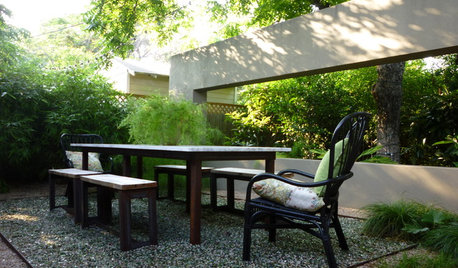
LANDSCAPE DESIGNIn Austin, a Backyard Wall Provides More Than Privacy
Designers solve a common privacy problem — and create some unexpected play — with a clever screening solution
Full Story
KITCHEN DESIGNSee How Peninsulas Can Get You More Storage and Countertop Space
Make the most of a compact kitchen with a mini peninsula
Full Story
COLORWhy You Should Paint Your Walls More Than One Color
Using multiple colors can define zones, highlight features or just add that special something
Full Story
EVENTSSee the Latest Trends in Bathroom Faucets, Showers, Tubs and More
Mix-and-match finishes and essential-oil-infused showers were two standouts at the 2020 Kitchen & Bath Industry Show
Full Story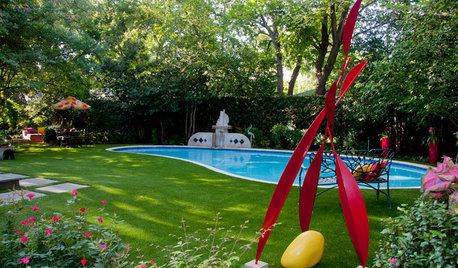
COLOR8 Ways to Rev Up Your Garden Color With More Than Just Plants
Bring energy and excitement to your outdoor space by going bold with color, from small touches to big changes
Full Story
KITCHEN OF THE WEEKKitchen of the Week: More Than Just White and Gray
A flood-prompted renovation adds pattern and personality to create a happy family gathering spot
Full Story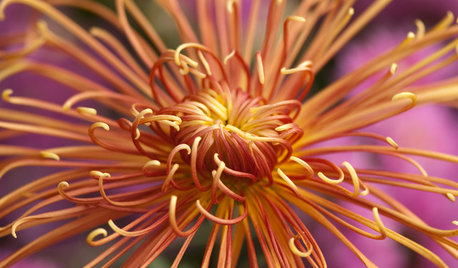
FALL GARDENINGMore Than Your Average Mum
With a huge range of flower colors and forms, chrysanthemums can be the star of your fall garden
Full Story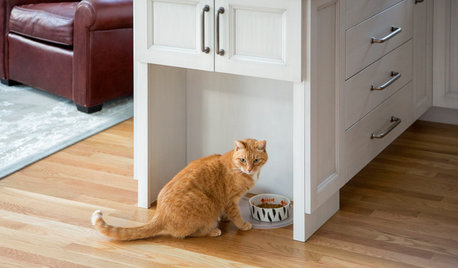
KITCHEN DESIGNRelocated Colonial Kitchen More Than Doubles in Size
Putting the kitchen in a central location allows for a big boost in square footage and helps better connect it with other living spaces
Full Story





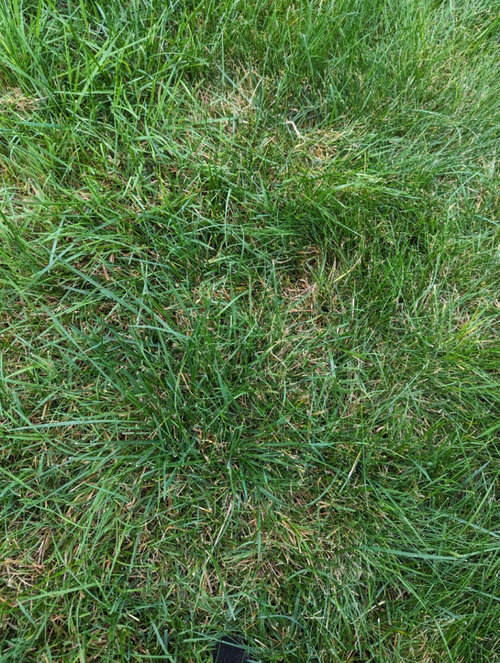


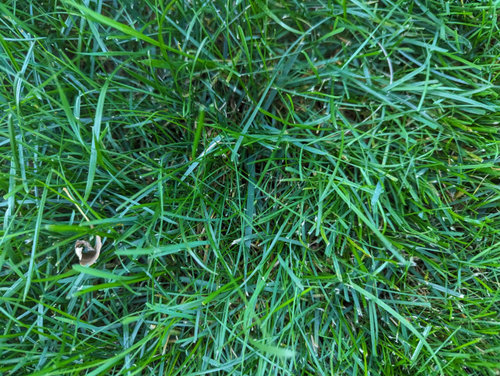
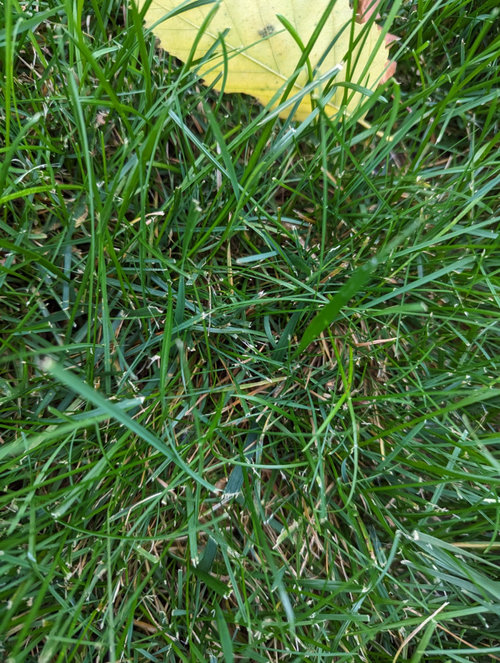
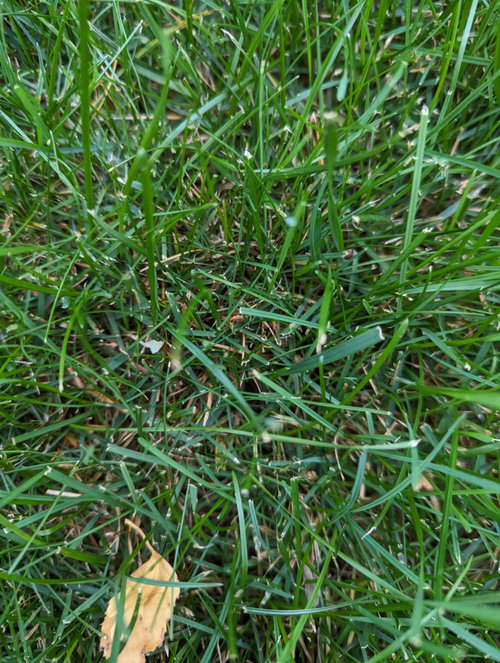
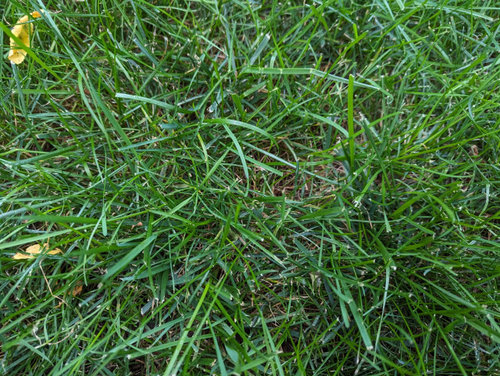

dchall_san_antonio
Jess BarrettOriginal Author
Related Professionals
Panama City Landscape Architects & Landscape Designers · Port Royal Landscape Architects & Landscape Designers · Willowick Landscape Architects & Landscape Designers · Harvey Landscape Architects & Landscape Designers · Annandale Landscape Contractors · Apollo Beach Landscape Contractors · Ashburn Landscape Contractors · Concord Landscape Contractors · Palm Beach Gardens Landscape Contractors · Petaluma Landscape Contractors · Plantation Landscape Contractors · View Park-Windsor Hills Landscape Contractors · West Coon Rapids Landscape Contractors · Lauderdale Lakes Landscape Contractors · Lisle Swimming Pool Buildersdchall_san_antonio